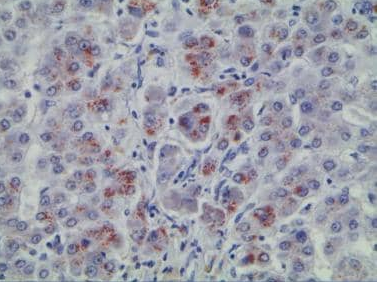Diagnosis of Wilson's Disease

Wilson disease can be challenging to diagnose due to its varied presentation. Common diagnostic tests include:
- Blood tests: Low serum ceruloplasmin (a copper-carrying protein), abnormal liver function tests
- 24-hour urinary copper excretion
- Slit-lamp eye exam for Kayser-Fleischer rings
- Liver biopsy to measure copper concentration
- Genetic testing for ATP7B mutations
Testing is also recommended for all siblings of an affected person.
Stages of Wilson's Disease
There is no universally accepted staging system, but disease progression can be viewed in phases:
- Presymptomatic stage: No symptoms, but abnormal copper metabolism
- Hepatic stage: Liver involvement, possibly progressing to cirrhosis or liver failure
- Neurological/psychiatric stage: Tremors, dysarthria, or behavioral changes appear
- Advanced stage: Severe liver damage or neurodegeneration
Early diagnosis can halt or reverse disease progression.